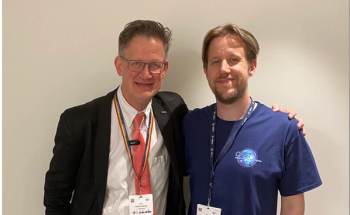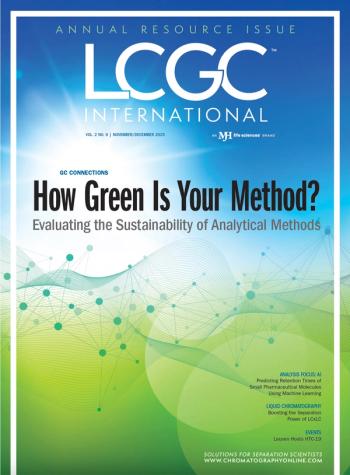
Inside the Laboratory: Lee Ferguson at Duke University
In this interview, we spoke with Lee Ferguson of Duke University about his laboratory’s work accurately tracing these contaminants in complex environmental matrices.
Per- and polyfluoroalkyl substances (PFAS) are a large group of synthetic chemicals widely used in industrial and consumer products because of resistance to heat, water, and oil (1). Commonly found in nonstick cookware, waterproof fabrics, firefighting foams, and food packaging, PFAS have raised significant environmental and health concerns because they persist in the environment and accumulate in living organisms (1). These are long lasting chemicals, which means that they do not easily degrade, leading to widespread contamination of water, soil, and air (2). Studies have linked PFAS exposure to adverse health effects, including liver damage, immune system suppression, developmental issues, and an increased risk of certain cancers (3). As a result, regulatory agencies and researchers are working to develop more effective methods for detecting, removing, and replacing PFAS in consumer and industrial applications.
Lee Ferguson, a professor of civil and environmental Engineering at Duke University, is exploring this problem. In his laboratory, Ferguson and his group are developing and applying analytical methods to measure organic pollutants in the environment, with a focus on high-resolution mass spectrometry (HRMS) for detecting and quantifying emerging contaminants in wastewater and drinking water (4). Key research areas include non-targeted analysis workflows, polyfluorinated alkyl substances (PFAS) in water, and the impact of microplastic-associated chemicals on aquatic environments (4).
In this interview, we spoke with Ferguson about his laboratory’s work accurately tracing these contaminants in complex environmental matrices. He discusses the work that he and his team do for the North Carolina PFAST Network and explains the current challenges in tracing environment contaminants in complex environmental matrices and why HRMS can be useful in solving this issue.
This interview segment is part of a longer interview that LCGC International conducted with Ferguson. To view the whole interview, please click
References
- National Institute of Environmental Health Sciences. NIH.gov. Available at:
https://www.niehs.nih.gov/health/topics/agents/pfc (accessed 2025-02-19). - U.S. Environmental Protection Agency, PFAS Explained. EPA.gov. Available at:
https://www.epa.gov/pfas/pfas-explained (accessed 2025-02-19). - U.S. Department of Veterans Affairs, PFAS – Perfluoroalkyl and Polyfluoroalkyl Substances. VA.gov. Available at:
https://www.publichealth.va.gov/exposures/pfas.asp (accessed 2025-02-19). - Duke University, P. Lee Ferguson. Nicholas.Duke.edu. Available at:
https://nicholas.duke.edu/people/faculty/ferguson (accessed 2025-02-19).
Newsletter
Join the global community of analytical scientists who trust LCGC for insights on the latest techniques, trends, and expert solutions in chromatography.



